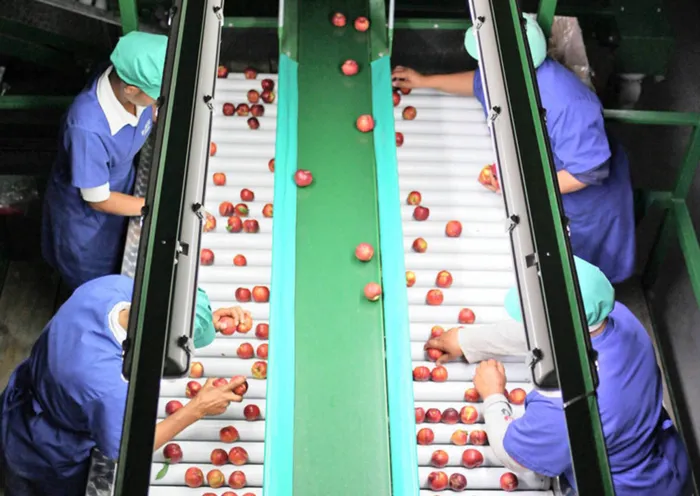Agri SA seeks collective land solution

Cape Town - 131111 Sandrivier farm between Wellington and Malmesbury. PICTURE: WILLEM LAW. Cape Town - 131111 Sandrivier farm between Wellington and Malmesbury. PICTURE: WILLEM LAW.
Johannesburg - Commercial farming lobby Agri SA is pinning its hopes on an understanding that synergies between white and emerging black – mainly small scale – farmers will be a significant ingredient of the solution to the country’s land transformation requirements.
Speaking at the Cape Town Press Club on Friday, Agri SA president Johannes Moller said South Africa’s farmers were among the least subsidised and least supported by their government in the world. Ironically, in order to compete with highly subsidised farmers in Europe and North America, it was necessary to expand commercial operations.
However, this created a huge conundrum for the country’s remaining 35 000 commercial farmers – down from 40 000 a decade ago – as they faced pressure from the land reform programme to hive off their land holdings to new operators: black small-scale farmers.
Another problem was that once the state bought up agricultural land, it remained state-owned so the new black operators did not own their farms.
The government was also busy introducing “land ceilings” to limit any farmer’s land holding. “Unfortunately, the economic reality is that you [as a commercial farmer] have to achieve scale advantages” to remain internationally competitive, Moller said.
Agri SA was now talking to the departments of Agriculture and of Land Reform and Rural Development to find solutions to these difficulties. One plan was to bring commercial and new small-scale farmers together to work collectively.
The plan was that the commercial farmers would be involved in mentorship of the small-scale farmers, while the collectives were able to benefit from the economies of scale as well as larger land holdings. The small-scale farmers would benefit from the institutional experience of white farmers and their knowledge of the agricultural value chain.
Carl Opperman, Agri Western Cape’s chief executive, said there were already a host of “successful” projects of this kind, including in the Western Cape, up the coast, as well as in the Bredasdorp area. There were also examples in the sugarcane regions of KwaZulu-Natal.
On one farm on the west coast, a white farmer had assisted a black farmer to develop a neighbouring wheat farm and the entire family was now college-educated and working on the farm, he reported.
Sapa reported that Moller said South Africa would have to find new markets for its citrus fruit following the EU ban on local citrus imports. This he described as an artificial trade barrier imposed at the behest of European farmers fighting for a bigger market share.
“It’s mainly due to the recession in Europe. They just use sanitary standards and so on as barriers.”
Moller said it had been proven that citrus black spot fungal disease, which resulted last week in the EU banning most imports of South Africa’s citrus for the rest of year, “could not take hold in European conditions”.
South Africa exported about 600 000 tons of citrus, including lemons, oranges, limes and naartjies, worth about R1 billion a year to Europe.
Noting that the ban was likely to be repeated next year, the local industry would have to look to markets in Brazil, Russia, India and China instead, he suggested. - Business Report